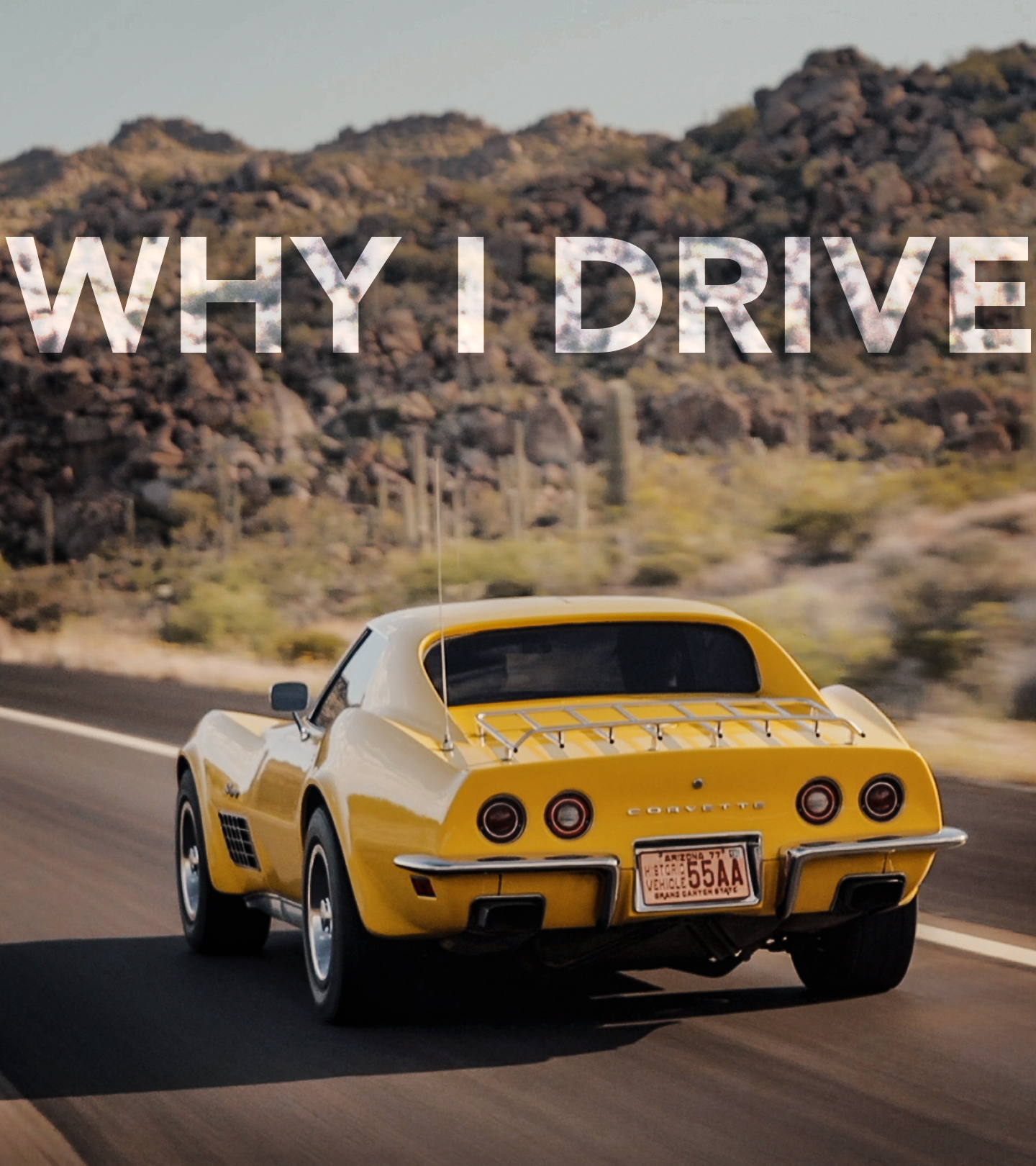Enjoy Season 3 stories, opinion, and features from across the car world - Hagerty Media
Neither snow nor rain nor heat nor gloom of night can stop Chip Foose from reimagining any vehicle design with a pen and paper. This time Chip takes a crack at the Grumman Long Life Vehicle (LLV), more commonly known as the mail truck. This workhorse of the United States Postal Service (USPS) remains in active use, surviving many years after its intended lifespan. So how could it look a little more … timeless?
Chip starts off with a drawing of the mail truck at front three-quarter view, but he takes liberties with the body to make a clean-sheet redesign: There’s the elongated nose, extra room between the front wheel and front door (i.e. dash-to-axle ratio), sloped roof, slant back tail and a stance that suggests only a custom chassis designed for drag racing could help deliver mail this quickly!
Chip says this tribute to the USPS comes via the NHRA (National Hot Rod Association), and the big wheels, open exhaust, roof top spoilers, and wheelie bars are finished off with a white body—wearing the red and blue graphics made famous by the Postal Service—definitely prove the point. Would it be tough to deliver the mail in a drag-prepped mail truck? Yes. Would it be worth it to see a Foose-ified Grumman roar up your street? Absolutely!
This episode is presented by PEP BOYS: For over 100 years, we’ve been under the hood, finding better ways to care for cars and the communities that drive them. We provide expert service, letting our passion for automobiles take the wheel. Stop by your local Pep Boys Auto Service and Tires store and experience the Pep Boys Difference.











